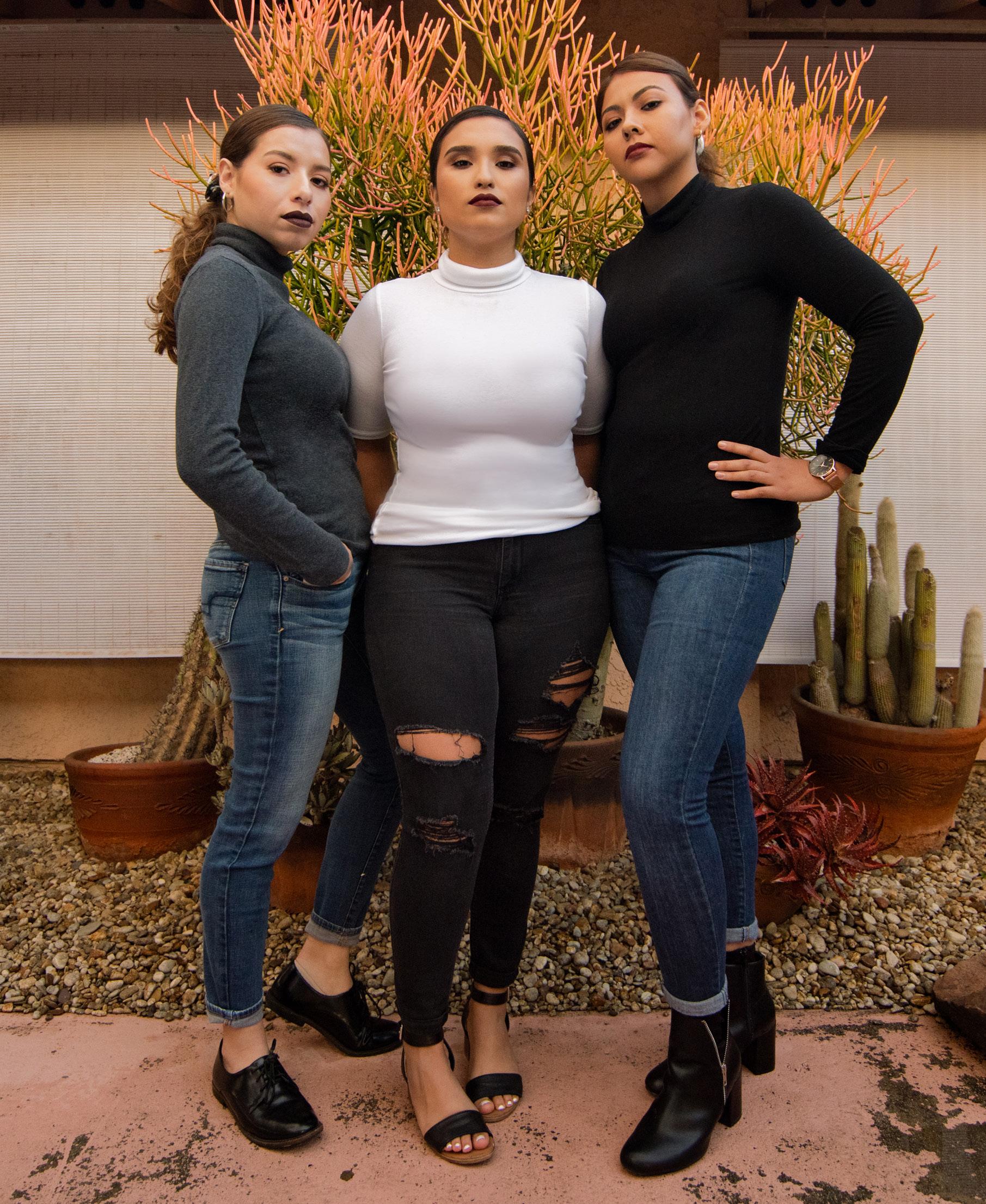
11 minute read
Where Are You From?: Three Latinx Women Share Their Stories
from Tusk Magazine 2019
How I became Mexican for a second time
Iimmigrated to the U.S. from Mexico when I was 12 years old. It still amazes me that I have grown up, walked, talked, and lived in a different country for those important formative years. I remember nights, when he was done cleaning the grill after a carne asada, my dad would ask me where I was from. Looking back, I think he meant: where do I think I’m from.
Advertisement
Story by Michelle Ibanez Photos by Mitchell Aragon Design by Kiley Mourino

Since I can remember, my dad talked about moving our family to the United States, which always seemed so far away. However in 2011, after my second sister was born, we made the trip. My family and I traveled from Jalisco, Mexico and entered through El Paso, Texas, then onto Anaheim, California on a Greyhound bus.
Moving to the U.S. was a dream come true, and my friends were in awe. This was the best thing that could ever happen to me.
My knowledge about this new country was limited. The only English word I knew was, “hello.” The only thing I knew about the U.S. was that we needed to move here to better our lives. Still, I was ready for the adventure.
Walking into the classroom of my first American school, everything looked and smelled different. I had to enroll in a class for English learners every day for two periods. There were kids from all over the world - Iran, Afghanistan, El Salvador, Guatemala, and Mexico.
While it should’ve been scary, that was the best time of my life. My classmates and I were all the same; we were all learning and striving to make our parents’ dreams come true. Junior high was a safe transition into the U.S.
Then, like most life journeys, my experience took a turn. In high school, my accent started to peek through as I began to speak English more fluently. It was horrible. When I would talk, people would tell me, “I love your accent!” Although that should’ve brought me comfort, it just made me despise my accent even more.
What they didn’t understand was how it felt to repeat myself over and over because no one could understand what I was saying. Nor did they know what it was like when people made fun of the way I pronounced words or reacted to things differently because I didn’t fully understand the cultural context of what was said.
I started to reject my heritage. If I wasn’t Mexican, I wouldn’t have an accent, I wouldn’t have to repeat myself. I yearned to fit into American culture and conform to some ideal.
To people in Mexico, America is a dream where you can become someone your home country couldn’t permit you to be. In Mexico, you want to be American: you want to have blue eyes, blonde hair, and your last name to be Smith. Things are easier that way.
This culture confusion of wanting to be white is not unusual in Mexico. Women dye their hair blonde, and people start adopting customs that are not part of Mexican culture. Growing up I learned that white was beautiful, and brown or black was not.
I began to love the fact that I was a “white Mexican,” a term used for people who have lighter skin than native, indigenous Mexicans. I’d get compliments for it, sometimes mistaken for being
I wanted blue eyes, blonde hair and my last name to be Smith .
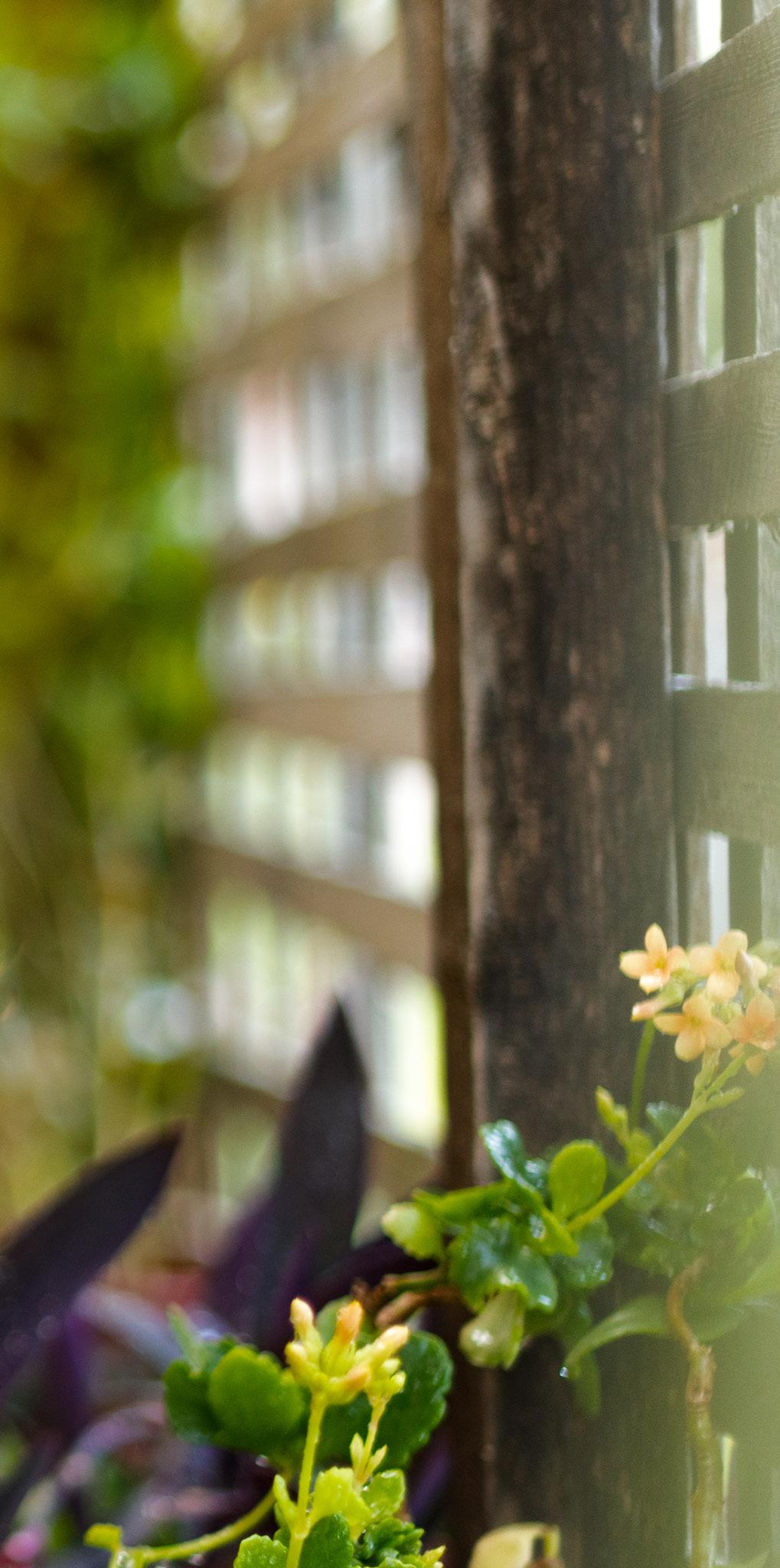

white, or Spaniard (talk about colonization). I loved that they were no longer focusing on my accent, or on my Mexicanness.
Then, I learned about Cesar Chavez, Dolores Huerta, and Dr. Martin Luther King Jr. I learned about slavery, the Bracero Program, Jim Crow, the Zoot Suit Riots, and the years of struggle brown and black folks had suffered at the hands of the people I wanted so badly to be and look like.
I realized that who I was molding myself into was conditioned through the views of people who saw my Mexicanness as something to be ashamed of, as something not beautiful and not important at all. I was living with this beautiful part of me, but I wasn’t embracing it.
That was my wake-up call. I was so angry at myself. I had let myself believe that being different was wrong. But, being a person of color is the best thing that could have ever happened to me. It was hard facing the truth and realizing the mistake I had made for those years.
Today, I embrace my Mexicanness. I embrace the bold colors, the culture, the heritage. I fight for my people and for those still suffering at the hands of xenophobia. For little brown kids who have yet to realize that who they are is beautiful. And for representation—because it does matter.
How a Telemundo editor got her start at CSUF & rural Mexico
Story by Marcos Mora Photo by Mitchell Aragon Design by Chau Le
Today Cinthia Pasillas sits at the center of Telemundo’s San Diego television station. As a first-generation student, she has distinctly woven her journey with ganas (effort) and grit.
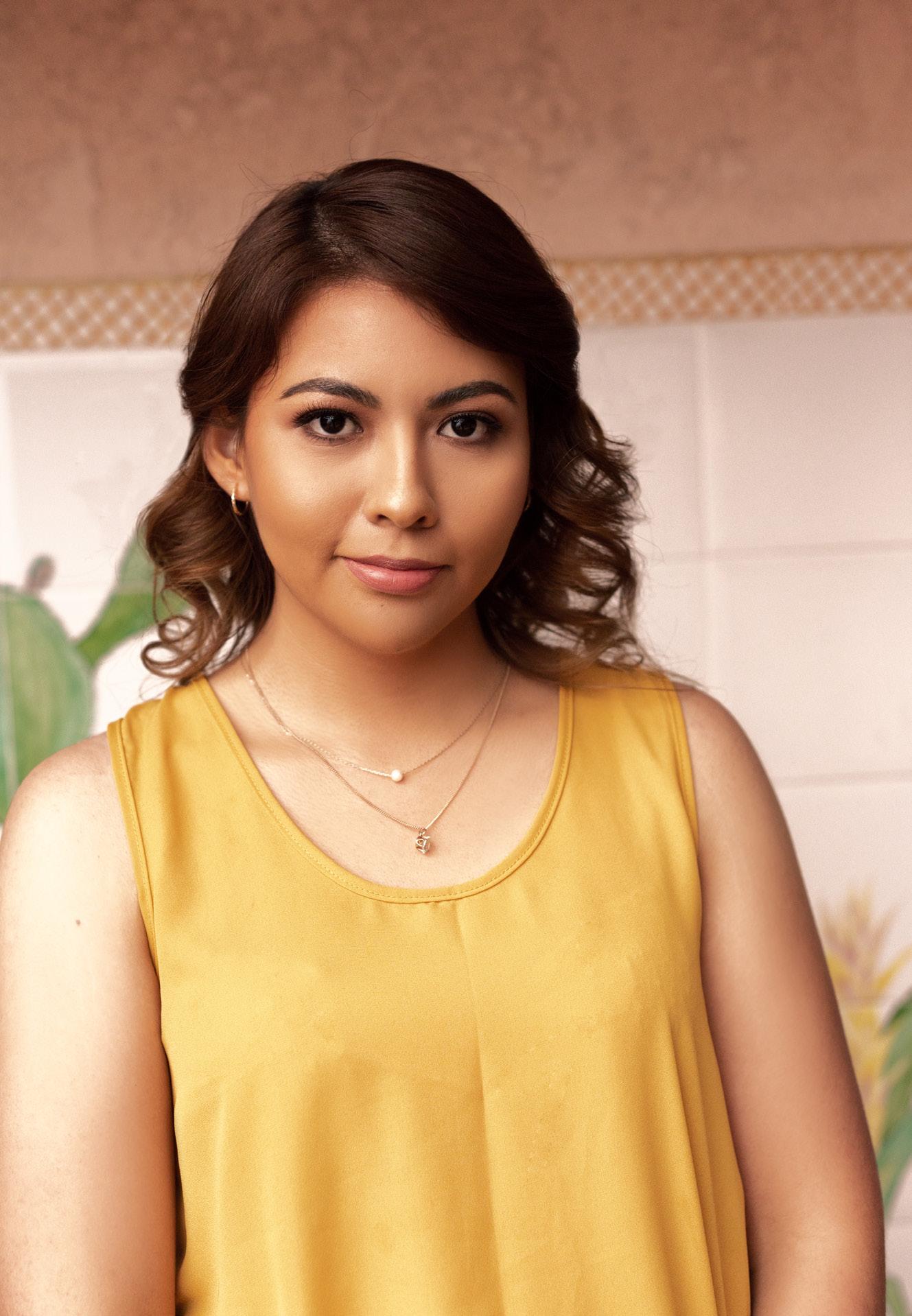
Cinthia Pasillas was born in “El Chayote,” a small ranch in the town of Aguascalientes, Mexico. For Pasillas, her birthplace defines who she is. She’s traditional and hard-working like the people, but unlike her pueblo, her dreams have never been small.
Today Pasillas is an assignment desk editor and story producer for Telemundo in San Diego. Shortly after graduating from CSUF, she attended a conference for the National Association of Hispanic Journalists, where she met representatives from the station and was offered a full-time position less than two weeks later.
Her supervisor, Victor Rodriguez, says of Pasillas, “She is the head, the base of the information for the production of our daily broadcast.
Cinthia lives in the brain of the newsroom, the assignment desk. Her work is key for making things happen.” In three years, Pasillas hopes to be a reporter for Telemundo, a Latin American broadcast station, because she wants to inform, educate, and help her community. She says, “I want to interact with the community. I want to tell their stories.” During her senior year of high school, Pasillas took a journalism class called Titan Tube. There she produced a weekly newscast, which gave her experience in writing, editing, and conducting interviews.
“I fell in love with telling stories,” Pasillas says. “I didn’t know it was journalism that I liked, until I took that class.”
Pasillas attended CSUF with her older sister as first-generation students. She recalls how hard it was to find oppor tunities on their own. “There was no one (family) before us who could guide us,” says Pasillas. In her four years of undergrad, she took part in the Latino Journalists of CSUF and the Latino Communications Institute, reported for Al Día, and worked three internships and a job on campus, all while maintaining the grades to graduate with honors.
Her older sister, Ivonne Pasillas, says that she always loved to communicate, “Ella es el periodico de la familia.” (She is the newspaper of the family.)
When she was five, Pasillas came with her family to the United States for the first time. She recalls, “Learning English was really hard, but my sister and I helped each other.” Pasillas read books voraciously, which she believes was key in mastering English. However, once situated in the U.S., her family returned to Mexico when she was in fourth grade to obtain green cards for her mother, sister, and herself. Pasillas’ father got his green card in the 80s and her little sister was already a citizen because she was born here.
Her family waited three years for their green cards before they could return to the States.
Pasillas treasures those years in Aguascalientes because she spent them with both sets of her grandparents, especially since her grandmother passed away last year.
In junior high, when it was time to go back to the U.S., Pasillas was distraught at having to leave family and friends behind and start all over again. However, she understood that they could now travel freely between the U.S. and Mexico.
Deeply influenced by her hometown, Pasillas proudly intertwines her Mexican roots through the stories she tells as the brain of operation at Telemundo.
“My culture reflects a lot with my work,” says Pasillas. “If it’s something that I relate to, I know it’s something people in my culture will relate to and want to watch, hear, read, and know more about.”

citizenship A journey to Story by Ashley Soriano Photos by Mitchell Aragon Design by Kiley Mourino CSUF graduate Janette Gonzalez shares her long and difficult journey to becoming a U.S. permanent resident.
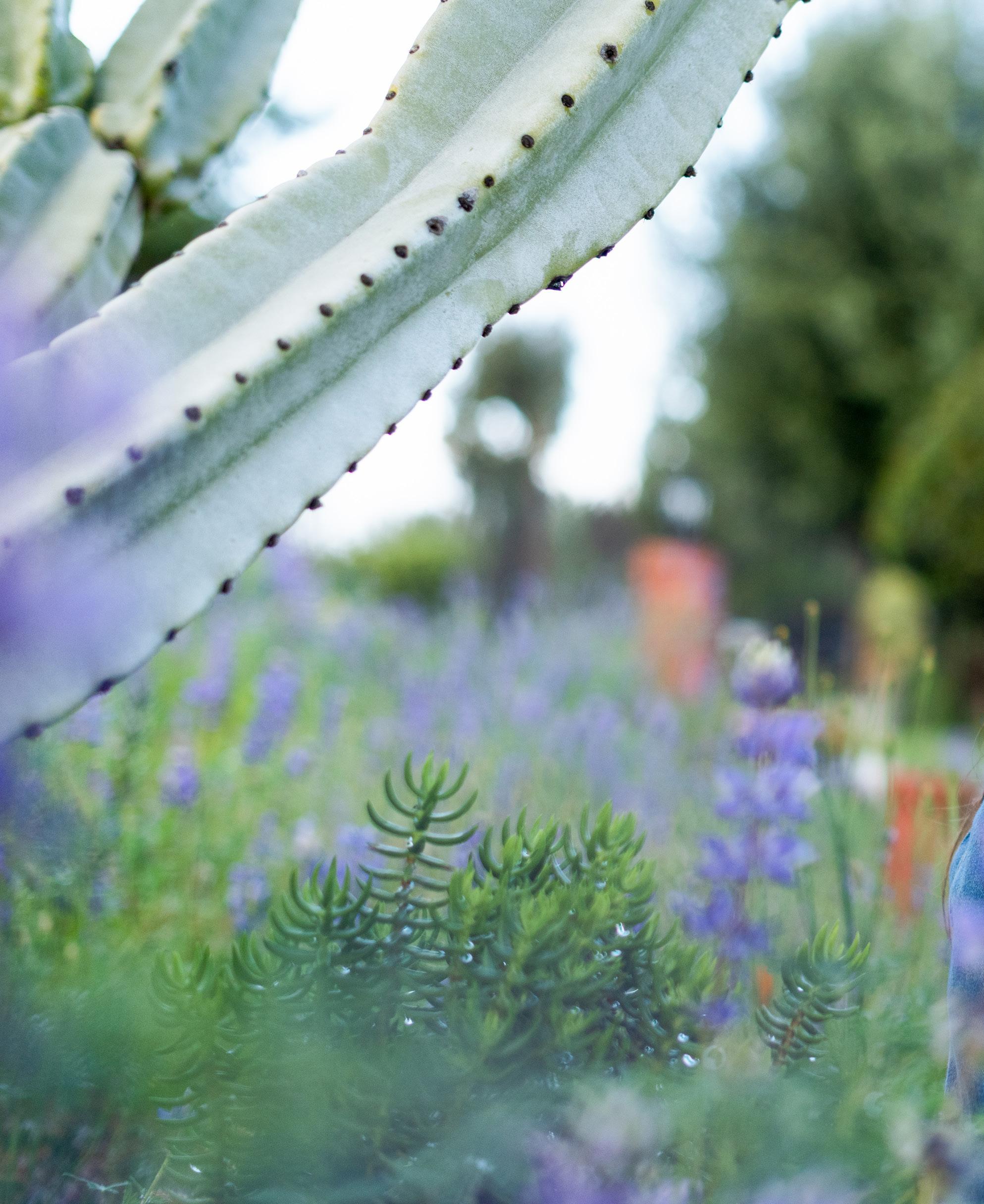
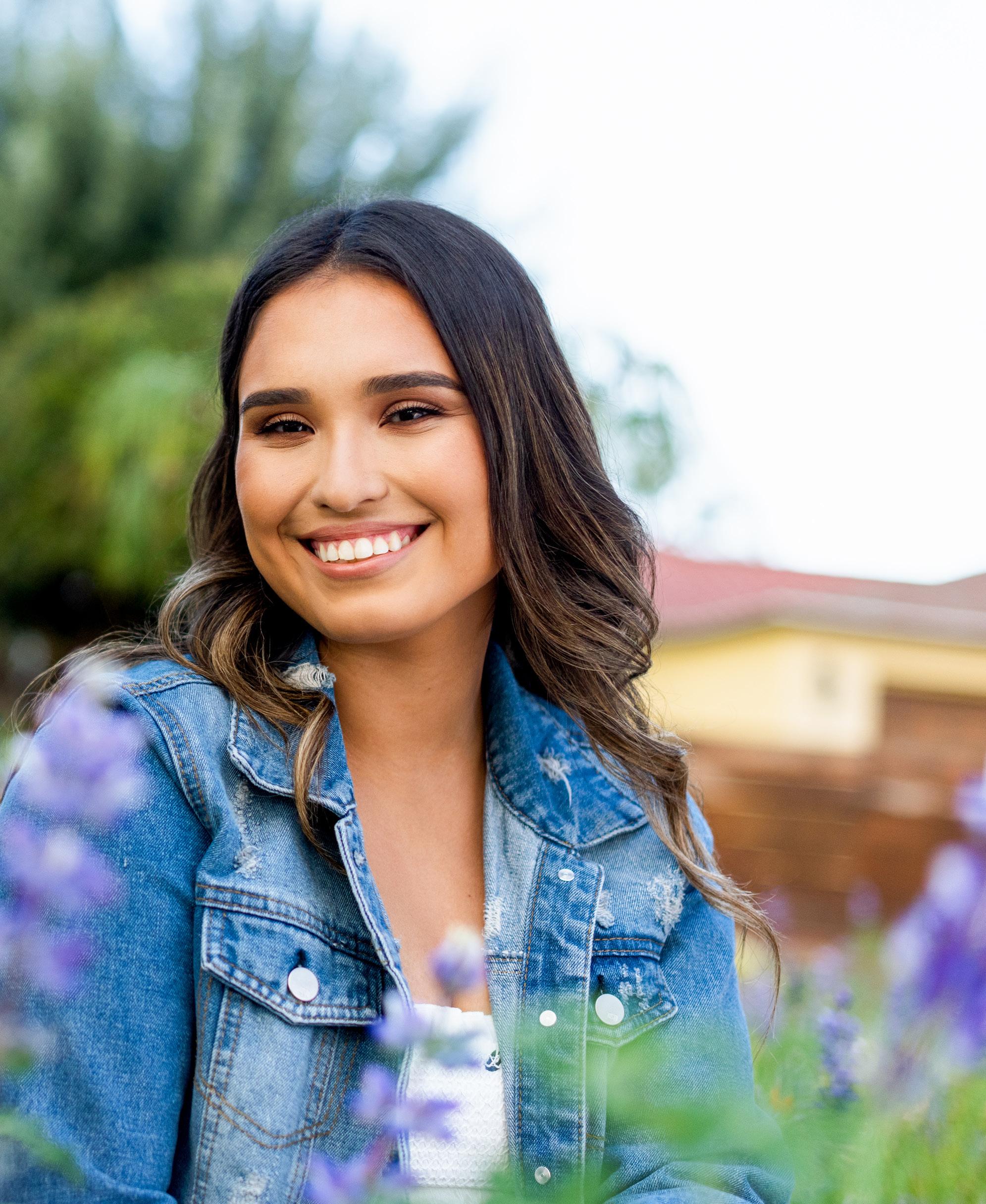
“I am forever grateful for not having to cross through the desert. I hear horrible and scary stories of what happens,” says Janette Gonzalez, who came to the United States from Mexico when she was a toddler.
Her eyes tear up as she thinks about how lucky she was to have made it to the U.S. safely.
“There’s babies, grandmas, little kids, and people going through that horrible experience to hopefully have a better life,” she says.
Gonzalez spent the first two years of her life growing up in Mexicali, Baja California before her family came to the U.S. in 1998. Living on the border was very dangerous with constant drug trafficking and poverty all around. Her father worked two jobs making a mere $10 a day, while her mother only made $3. They did not have enough money to buy food and diapers for Gonzalez, who at the time didn’t even have a crib to sleep in.
Luckily, Gonzalez and her family had visas allowing them to visit The States for a while. Her father left 10 days earlier, then Gonzalez and her mother followed, crossing the border in a car with her uncle.
“We wanted a better life and left everything behind to come to the U.S. with just $400, two pillows, and two blankets,” says Joana, Gonzalez’s mother.
During her first few years in America, Gonzalez lived in a two-bedroom apartment in Ontario, California. She shared one room with her parents and aunt while struggling to adjust to her new home.
“My parents tried to make my life as ‘normal’ as possible,” Gonzalez says. “They put me in sports, girl scouts, and my mom even spoke to me in English with the little bit of English she knew.”
High school proved just as frustrating for Gonzalez, as she was unable to get a first job or a driver’s license, milestones more easily attained by her native peers. She also faced barriers when it came time to apply for college, which left her feeling discouraged.
Her disappointment changed to optimism when she heard news that President Obama signed Deferred Action for Childhood Arrivals (DACA) in 2012. The policy provided undocumented immigrants from ages 15 to 31 protection from deportation for a renewable two-year period. It also authorized work, allowing Gonzalez to get a job and attend college.
“Timing is everything and that was a miracle,” she says.
Gonzalez was soon admitted into CSUF as a DACA recipient. She proceeded to graduate in May last year, but that wasn’t her only accomplishment. After 20 long years, the 22-year-old alum finally became a permanent U.S. resident.
Gonzalez gained her permanent residency through a family member. Her godfather, who became a U.S. citizen in the late 1980s, petitioned for Gonzalez’s mother to become a U.S. resident. Since her parents are married, Gonzalez and her dad were included in the petition.
Although Gonzalez is grateful for her U.S. residency, she has not forgotten about the arduous and expensive process it took to get there. The past 20 years have been stressful, anxious, scary, yet hopeful years. She could not have gotten through any of it without the love and support from her family and friends.
“Throughout the five years I have known her, I’ve seen her grow into an independent woman with her hard work and dedication,” says Gonzalez’s best friend and fellow CSUF alum Natalie Pascua. “I admire her because the idea of being an immigrant never made her underestimate her abilities.”
Now that Gonzalez is a permanent resident, she must wait four more years until she can become a U.S. citizen. In the meantime, Gonzalez continues to go to school in pursuit of a career as a radiation therapist. She is hopeful for what the future may bring and will keep fighting for undocumented immigrants.
“All the struggles I’ve gone through, the hardships, all the tears I’ve cried, and all the fear I have felt have made me a stronger and wiser woman,” Gonzalez says. “I wouldn’t have changed one thing. I am proud to say I was born in Mexico.”
